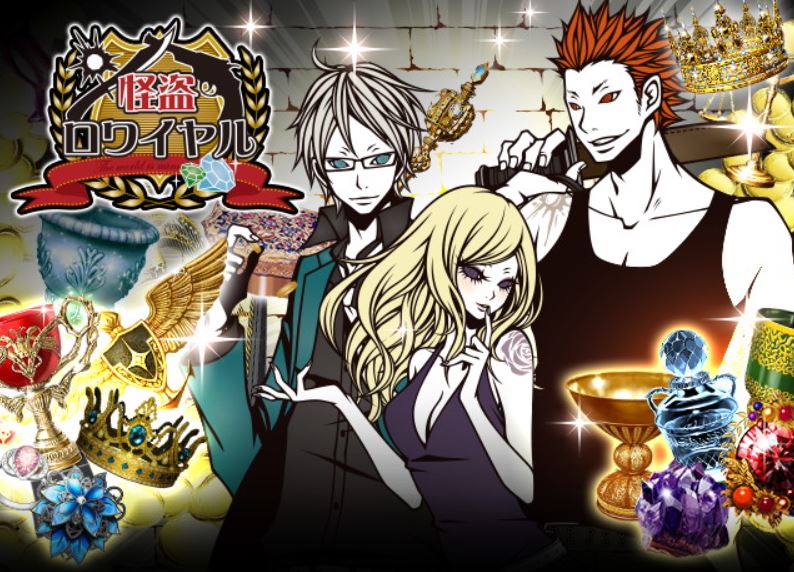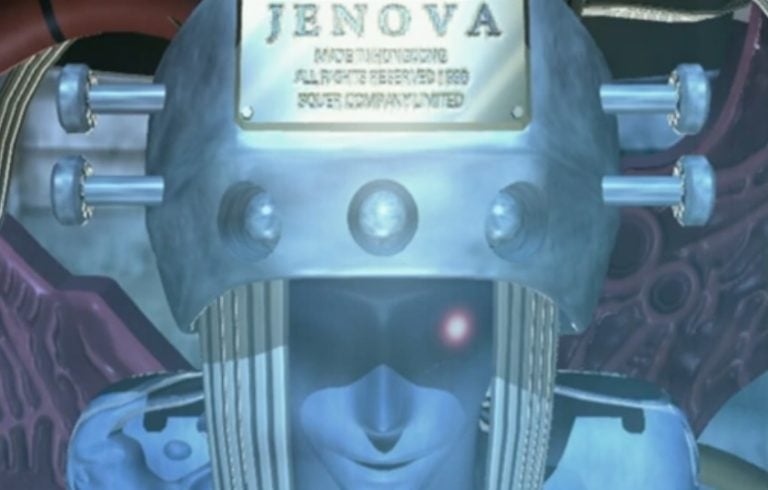Japanese solo indie developer BucchioGames recently caught the attention of gamers and fellow industry professionals with a fascinating look into the early days of Japanese social network games. Starting off on web browsers, these casual online games thrived on platforms like Mobage and Gree, gradually shifting to mobile apps. In time, the market grew to a much larger scale, with high-budget games (nowadays often referred to as gacha games in the West) managed by large companies becoming the norm.
However, how did things look before this expansion? In a thread on their X (formerly Twitter) account, BucchioGames describes the early social game scene as if it were a haven for creators. “Social network games tend to get dunked on, and the browser games that came out during the heyday of Mobage and GREE were especially criticized for being ‘nothing but screen tappers,’ but as a developer, those days were the most fun I’ve ever had.”

The creator notes that the small scale of projects and relatively high profit margin made things worthwhile – “You might find it hard to believe, but a standard team at the time consisted of a director and one engineer – that’s it. This is true of many games from back then. It was possible to make over 10 million yen a month in this way, so it’s no wonder all kinds of companies rushed to enter the market. If you look at it from the perspective of today’s games that make tens of billions a month, it might not seem like that much, but the cost effectiveness of making 10 million a month in sales with only two people is extraordinary.”
BucchioGames considers the lack of risk back then to have been an especially important factor, commenting, “What was amazing was the fact that we were able to develop a game in three months – bearing minimal risk in case of failure – and then manage it ourselves.
Nowadays, big titles are developed by several hundred people and take about three years to complete, which means they require billion-dollar investments. With such figures, the risks have become way too high.”

In addition, the developer notes that the climate at the time, as well as the browser game format, allowed creators to be more spontaneous and freer with how they managed their games. “You’d just implement something new as soon as you got an idea. If I was low on sales for the month, I would just write a new scenario and put it on sale as an item the very same day. Of course, this meant lots of typos, but that’s also a part of how things were. Another good thing about browser games was that you could implement things immediately and then just make corrections later.”
At the same time, this did not mean that managing games was easy money, as the “two-man system” BucchioGames mentions required one person to do everything from illustrations, scenarios, coding, banner and item creation, level design, making announcements, to QA and CS. Looking back, BucchioGames describes this part of their career as “super intense, but a lot of fun.”






I think that is the problem with a ton of industries is they kind of forget to be as spontaneous and carefree as they were back in the day. Without this sense of excitement or fun it begins to look like a product is painted by the numbers rather than something that brings joy to the world.